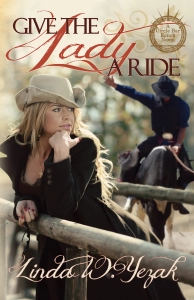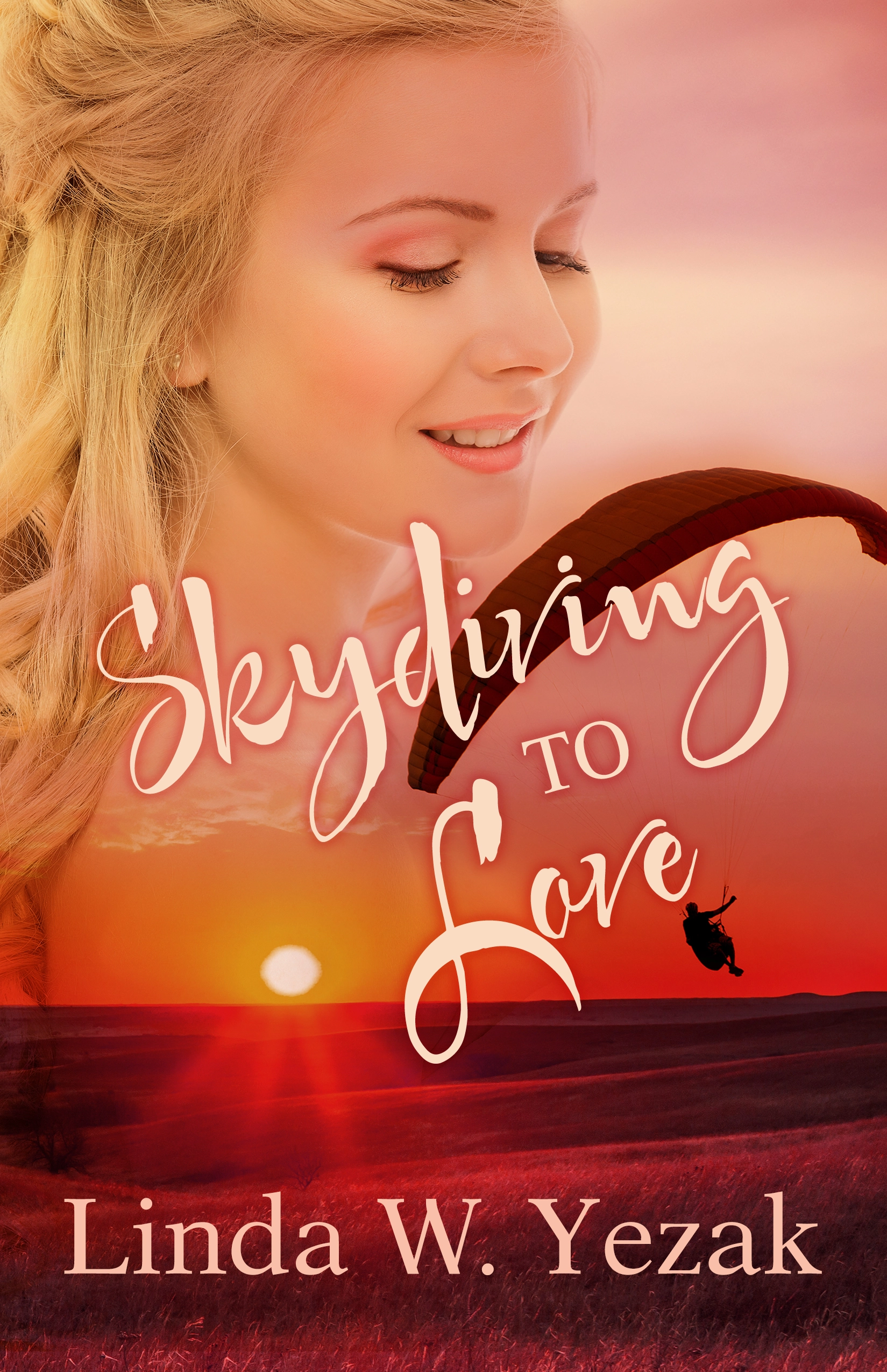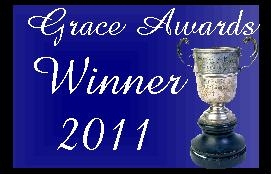 Dialogue is one of the trickiest components of a novel, and the most difficult for me to teach from a standpoint of “do this.” Apparently, I can work only from the direction of “don’t do that,” because there are few things I can say unequivocally about how to write dialogue.
Dialogue is one of the trickiest components of a novel, and the most difficult for me to teach from a standpoint of “do this.” Apparently, I can work only from the direction of “don’t do that,” because there are few things I can say unequivocally about how to write dialogue.
Creating the rhythm of a conversation comes intuitively to some authors. Others struggle with it, hindered by the so-called “rights and wrongs” of dialogue writing, or burdened by the self-imposed need to show the reader precisely how he sees the conversational exchange taking place. To the first hindrance, I say, “Now that you know the rules, trust your instincts.” To the second, “Trust your readers, allow them to picture the scene for themselves.”
One rule that I endorse is, “don’t go through the entire Thesaurus in search of synonyms for ‘said’ and ‘asked.'” There are exceptions to this. Sometimes, for instance, no tag fits better than “retort.” A person with a retort has an expression on her face we can all picture. We may picture it differently from each other, but we generally know a retort is either snooty, tart, or angry, and we can picture it, especially if we’re guided by the content of retort. So, the word “retort” both shows and tells, and it’s a perfect dialogue tag to be used periodically (note: I said periodically).
Usually, it’s the misconception that the speaker of each line must be identified that leads the writer to search for an alternative to “said.” Intoned, replied, stated, rebutted, affirmed, conveyed, and others show up on the page, all of which are definitely “tell” words. Sure, “said” and “asked” are “tell” words, too, but they’re invisible. Instead of using synonyms, try to omit as many tags as possible.
By the way, for those who resist “asked” because of the belief the word is redundant to the sentence structure, consider this: so is “said.”
“Yada, yada, yada,” she said.
Of course she said it. If she’d asked it, there would be a question mark afterward, right? If she’d shouted, there’d be an exclamation point in there. Saying “she said” is just as redundant as “Yada, yada, yada?” she asked. The only reason to use either said or asked is to identify the speaker with the least possible interruption to the flow of the dialogue. Using the word “said” after a question will distract me far more than using a question mark followed by “asked.” Questions are asked; statements are said.
These are the easy things to point out. The finesse points of dialogue are harder for me to illustrate unless I can start with “this is the wrong way” and show how to make it right. Work on a case-by-case basis. Take the not-so-hot and make it sizzle. Turning this negative-example teaching method into a positive teaching method is difficult because everything in dialogue writing depends upon something else.
Just for an example, I’m not a fan of the frequent use of action beats–and when I say “frequent,” I mean that all but two or three lines in a long dialogue exchange are tagged with some form of action. After a while, it gets distracting, and in some cases, it’s downright lame. I have to admit I’m getting tired of characters popping something into their mouths and speaking around it–even though I’ve written it myself. I’m tired of gazes this way and that, furrowed brows, lifted brows, down-turned lips, twitching lips, teary eyes, bright eyes, widened eyes–all of it is beginning to sound cliche to me because I see so much of it. And, again, I’m guilty myself.
But if the action you’re using as a beat is vital to understand the content, it can’t be omitted. If a long dialogue exchange needs to be broken up occasionally, action beats work. If the pace needs to be slowed, action beats are a great way to do it. If the content between the quotation marks can’t quite capture the right emotion, a beat is unavoidable. There are a variety of reasons to use them, but the beat must have a purpose beyond identifying the speaker. That is the only imperative I can give when discussing the finesse involved in writing dialogue. Like I said, virtually everything depends upon something else.
I may yet try to present a lesson in writing dialogue. I admire those who have already managed to condense such lessons into blog posts or even books. But the best advice I can give right now is to read your dialogue out loud. Try it as you have it, then cut out all the beats and try it again. You may discover you can leave some out. You may even discover that if you strengthen the lines between the quotes, you won’t need many at all. Maybe you can streamline your dialogue and give it more zing.
Trust your instincts. Trust your readers.


















Good point on the comparison between “said” and “asked.” In my opinion, “asked” is just as invisible as “said” and it’s a simple way to clue the reader in on the speaker’s inflection.
LikeLike
I’m surprised it was ever an issue. I don’t remember where I first heard it, but it sounded silly back then!
LikeLike
Thanks for the tips, Linda. I agree with all of them. Reading them out loud really helps to catch awkward, unrealistic, wording. Keep the tips and how to’s coming. I glean more and more with each post. Thanks!
LikeLike
Thanks, Cece. Glad to know I help a little!
LikeLike